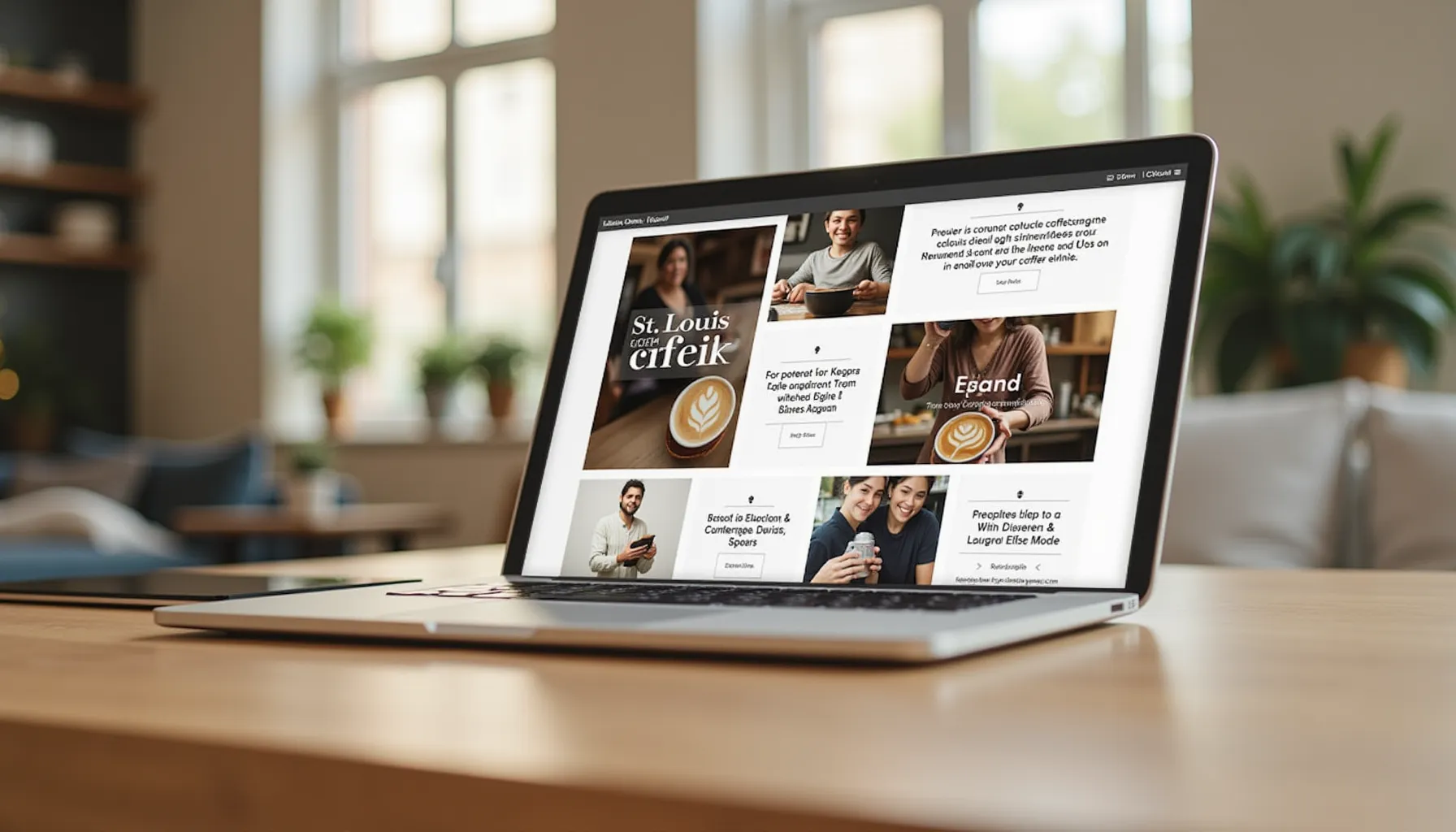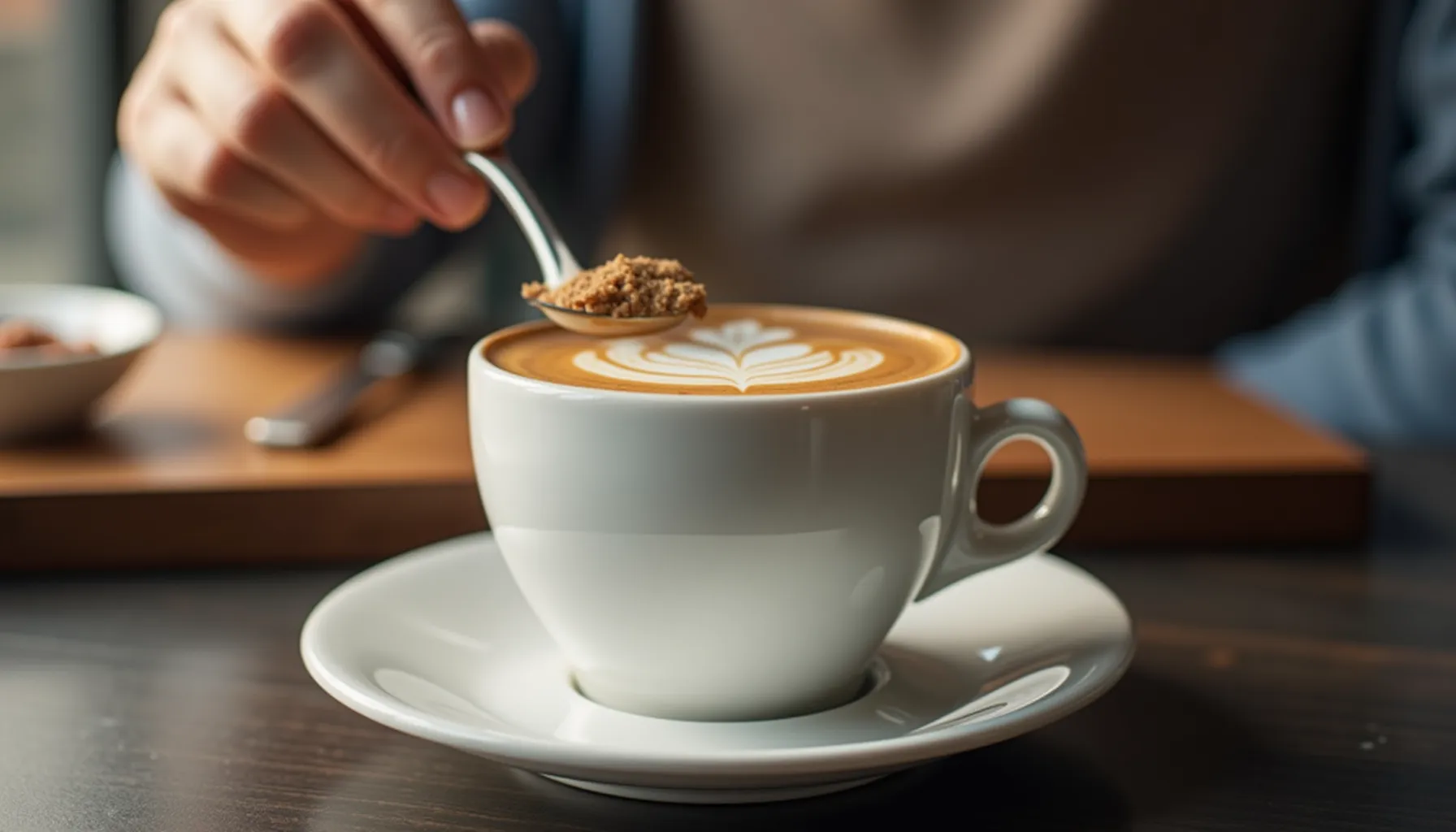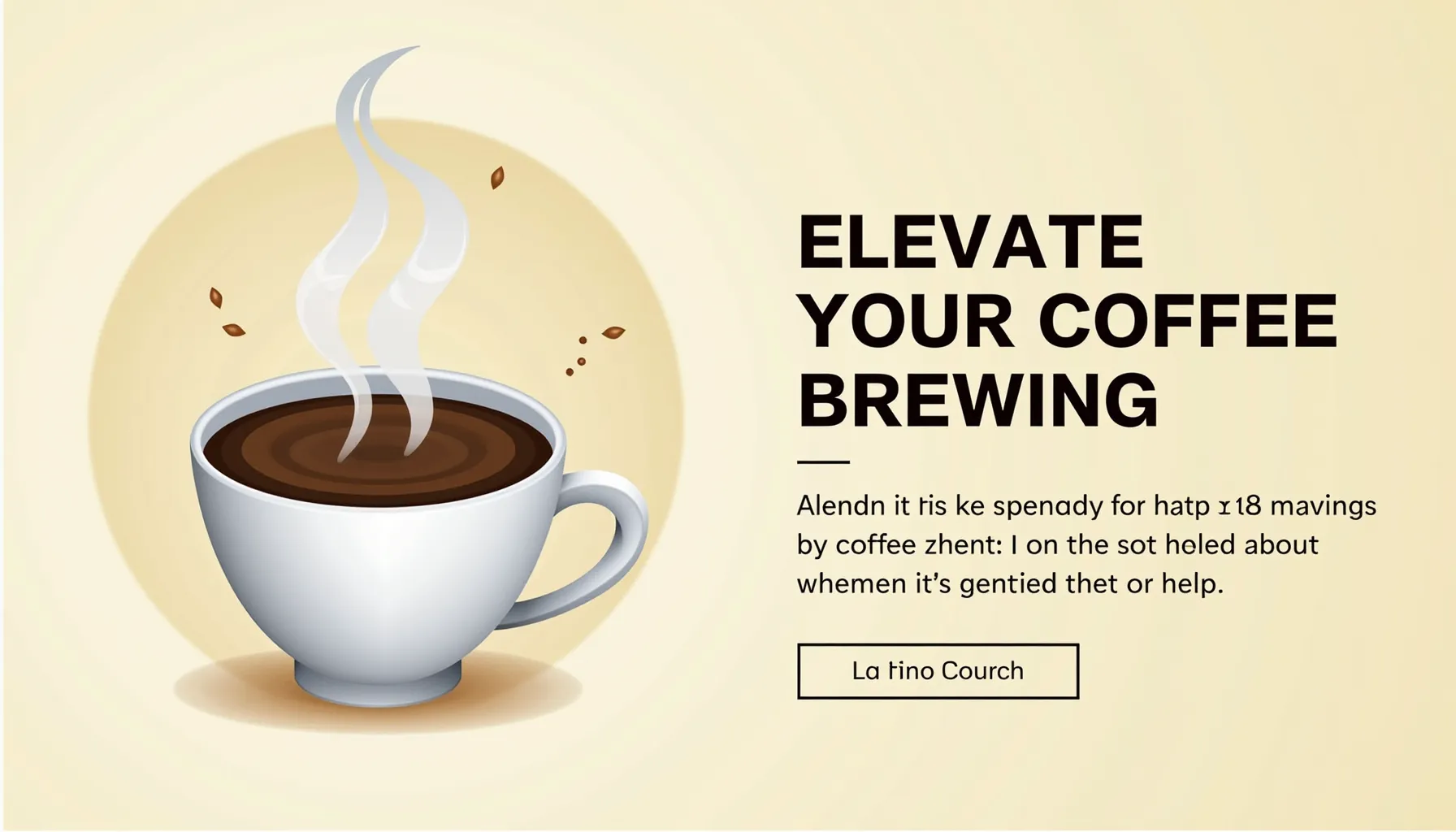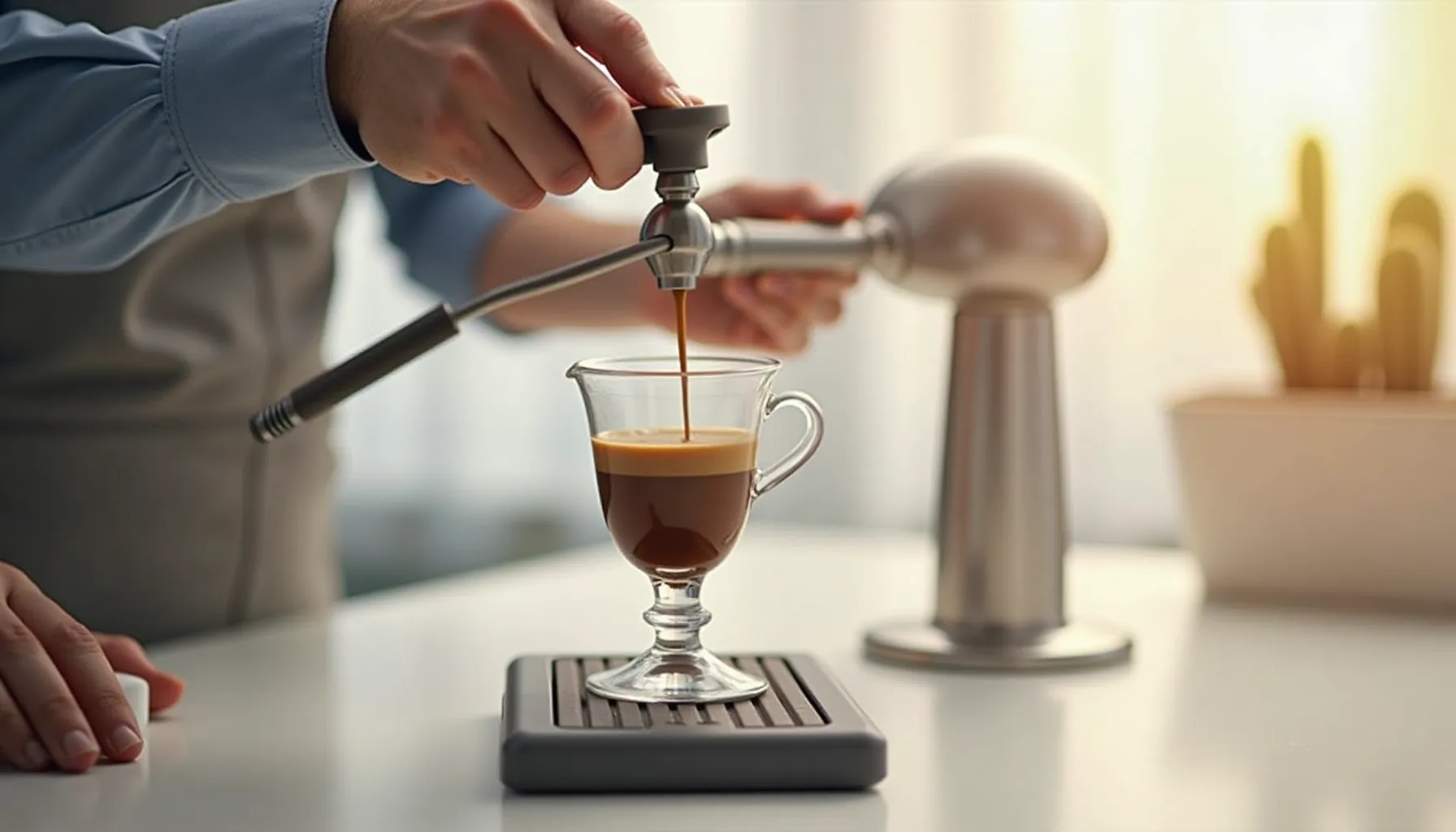Sipping on a chilled beverage from your favorite coffee shop is one of life's little pleasures. But when the menu presents options like iced lattes and iced coffees, do you truly know which cup will best satisfy your caffeine cravings?
This deep dive into the frosty world of iced lattes and iced coffees will not only quench your thirst for knowledge but also ensure your next coffee choice is perfectly informed.
According to wikiHow, while both drinks may look similar at a glance, they're distinct in their make-up and flavor profiles. Let's unravel the mysteries of these popular cold concoctions and discover what sets them apart.
Key Takeaways:
- Iced lattes are espresso-based and milk-dominant, offering a creamier texture.
- Iced coffees are brewed coffee served cold, often lighter and more versatile in flavor.
- Calorie content in these drinks can vary greatly depending on size and additives.
- Caffeine levels differ, with iced coffee generally delivering a stronger kick.
- The choice between the two often comes down to personal preference for taste and texture.
The Essence of Iced Lattes and Iced Coffees
What Brews Beneath the Ice?
The Iced Latte: A Creamy Concoction
An iced latte is essentially espresso mixed with cold milk and ice. It's a drink that offers a rich and creamy experience, often sweetened to taste. The espresso provides a concentrated coffee flavor that, when combined with milk, creates a smooth and indulgent beverage. For those who enjoy a milder coffee taste with a luxurious texture, the iced latte is a go-to.
The Iced Coffee: A Bold and Versatile Brew
Iced coffee, on the other hand, starts with conventional brewed coffee which is then cooled down and poured over ice. It's a straightforward drink that can be customized to a wide range of taste preferences.
From black with a bold, robust flavor to sweetened and lightened with milk or cream, iced coffee is the canvas to your coffee artistry.
The Art of Crafting the Perfect Cup
Creating the perfect iced latte or iced coffee is an art form. For an iced latte, the espresso must be pulled to perfection, boasting a creamy consistency with a foamy top. This espresso is then quickly chilled with ice and melded with milk to create the final drink.
In contrast, iced coffee involves either pouring hot brewed coffee over ice or using the cold brew method, where coffee grounds are steeped in cold water for an extended period, resulting in a smoother, less acidic taste.
A Tale of Two Temperatures: The Brewing Process
The Cold Truth About Hot Espresso
The process of making an espresso is a delicate balance of temperature and pressure. Hot water is forced through finely-ground coffee beans, extracting a concentrated shot of coffee. This shot forms the base of an iced latte and is immediately cooled to preserve its bold flavor and prevent milk curdling when mixed.
The Chill Factor of Iced Coffee
Iced coffee brewing can take two paths: the traditional hot brew method quickly cooled down or the trendy cold brew technique. The latter involves steeping coffee grounds in cold water for up to 24 hours, resulting in a coffee that is naturally sweeter and smoother, often preferred for a less bitter iced coffee experience.
The Flavor Frontier: Comparing Taste Profiles
The Richness of Lattes
The iced latte's flavor is predominantly influenced by the quality of the espresso and the type of milk used. The espresso's boldness, often with chocolate or caramel undertones, is softened by the milk's creaminess, creating a harmonious blend that's both refreshing and satisfying.
The Boldness of Coffees
Iced coffee offers a more pronounced coffee flavor, one that can vary significantly based on the beans' roast level and origin. Lighter roasts tend to be fruitier and brighter, while darker roasts bring out a deeper, more intense coffee essence. The addition of milk, syrups, or sweeteners can transform the drink into a personalized coffee experience.
The Health and Energy Equation: Calories and Caffeine
Counting the Calories
When it comes to calorie content, both drinks can be deceptively indulgent. A plain iced latte or coffee can be relatively low in calories, but once you start adding syrups, sugars, and creams, the calorie count can skyrocket. For those watching their intake, opting for low-fat or plant-based milks and skipping the extra sweeteners is the way to go.
Measuring the Caffeine Kick
Caffeine content is another crucial factor in choosing between an iced latte and iced coffee. Generally, iced coffee offers more caffeine per serving due to the larger volume of coffee compared to the one or two shots of espresso in lattes. However, this can vary based on the coffee's strength and the amount of espresso used.

Photo by Ann-Sophie Snoeck from Pexels
The Cultural Cup: Coffee Shop Comparisons
Starbucks, Dunkin' Donuts, and the Local Café
Each coffee shop has its own take on these cold classics. Starbucks, known for its signature espresso, crafts iced lattes that are consistent in flavor and quality. Dunkin' Donuts, with a focus on more traditional American coffee, offers iced coffees that are robust and customizable. Local cafés might provide unique twists, using single-origin beans or homemade syrups to stand out.
The Global Perspective
The iced latte and iced coffee aren't just American favorites; they're enjoyed worldwide. In Italy, the iced latte is a summer staple, while in Australia, iced coffee often comes with a scoop of ice cream. These global variations add to the rich tapestry of coffee culture and reflect the versatility of these drinks.
The Personal Palette: Making Your Choice
Taste, Texture, and Time of Day
Your preference for an iced latte or iced coffee may depend on the time of day, the weather, or simply your mood. Morning might call for the stronger caffeine boost of an iced coffee, while an afternoon treat might be a creamy iced latte. The choice is personal, and with the information at hand, you're now equipped to make the best one for you.
The DIY Approach
For the home barista, making these drinks can be a fun and rewarding experiment. With a good quality coffee maker or espresso machine, you can craft these beverages to your exact liking, exploring different beans, milks, and additives to find your perfect match.
The Visual Guide: Iced Latte vs Iced Coffee
A Picture's Worth a Thousand Sips
To truly understand the differences between an iced latte and iced coffee, sometimes you need to see it in action. The following YouTube video provides a visual and practical guide to these popular beverages, offering tips on how to make them at home and what to expect from each.
The Sustainability Aspect: Eco-Friendly Brewing Choices
The Impact of Coffee Production
When considering your coffee choice, it's also worth looking at the environmental impact of coffee production. From water usage to the carbon footprint of shipping beans across the globe, every step in the coffee-making process has implications for our planet.
Choosing Sustainable Options
Opt for coffee shops that source their beans ethically and support sustainable farming practices. Additionally, bringing your own reusable cup can cut down on waste from disposable cups, which is a simple yet effective way to enjoy your iced beverage responsibly.
The Economic Brew: Cost Comparison
Price Points in Coffee Shops
There's a noticeable price difference between an iced latte and an iced coffee, with the former generally costing more due to the espresso content. Understanding this can help you make a cost-effective decision without compromising on your coffee experience.
The At-Home Economics
Making these drinks at home can be more economical in the long run. Investing in a good espresso machine or coffee maker, and buying beans in bulk, can save you money if you're a regular coffee drinker.
The Social Experience: Coffee as a Connector
Coffee Shops as Social Hubs
Coffee shops serve as more than just places to grab a caffeine fix; they are communal spaces where people meet, work, and socialize. The choice of drink might even reflect the nature of the social interaction.
The Role of Coffee in Our Lives
Beyond the physical taste and texture, coffee plays a significant role in our daily routines and social lives. Whether it's an iced latte or iced coffee, it's often about the experience as much as it is about the beverage itself.
The Health Brew: Nutritional Considerations
Understanding Your Body's Needs
It's important to consider how your body reacts to caffeine and sugar. Some may find the higher caffeine content in iced coffee to be too stimulating, while others may be looking for that extra boost.
Dietary Restrictions and Preferences
For those with dietary restrictions or preferences, such as veganism or lactose intolerance, the choice between an iced latte and iced coffee can also be influenced by the availability of alternative milk options.
The Flavor Journey: Experimenting with Add-Ins
Customizing Your Drink
Experimenting with syrups, spices, and flavored milks can turn your coffee into a personalized treat. This section can explore the endless possibilities of coffee customization.
Seasonal and Trendy Variations
Highlight the seasonal trends, like pumpkin spice in the fall or peppermint in the winter, and how they can be incorporated into both iced lattes and iced coffees.
The Home Barista: Tips and Tricks
Brewing the Perfect Coffee at Home
Offer readers tips on how to replicate their favorite coffee shop drinks at home, including techniques for brewing espresso and coffee that's ideal for icing.
Tools of the Trade
Discuss the tools needed for the at-home barista to perfect their iced latte and iced coffee, from grinders to espresso machines to the best ice cube trays for the job.
Conclusion
In the end, whether you choose an iced latte or an iced coffee, it's all about personal preference. Both have their unique characteristics and appeal. The iced latte, with its creamy texture and espresso flavor, is perfect for those who enjoy a richer, more indulgent coffee experience.
Iced coffee, with its bold and versatile nature, is ideal for those who appreciate the pure taste of coffee and the flexibility to customize their drink to their liking.
As we've explored the various facets of these beverages, from their cultural significance to their nutritional content, it's clear that coffee is more than just a drink—it's a lifestyle.
It's a reflection of personal taste, a daily ritual, and for many, a necessary start to the morning. Whether you're a fan of the smoothness of an iced latte or the robustness of an iced coffee, the most important thing is to enjoy every sip.
Remember, the best coffee is the one that suits your taste buds and fits into your lifestyle. So next time you're at your local coffee shop, or brewing your morning cup at home, think about what you've learned here. Consider the flavor, the caffeine content, the calories, and the cost.
But most importantly, consider what you're in the mood for. After all, the best part of waking up is not just coffee in your cup—it's knowing you've made the perfect choice for you.
FAQs
-
What is the main difference between an iced latte and an iced coffee?
- An iced latte is made with espresso and milk, while iced coffee is simply coffee served cold.
-
Can I make an iced latte or iced coffee at home without an espresso machine?
- Yes, you can use strong brewed coffee as an alternative to espresso for an iced latte, and any coffee brew method will work for iced coffee.
-
How can I make my iced coffee less bitter?
- Try using a cold brew method, which typically results in a smoother, less acidic taste.
-
What are some low-calorie options for iced lattes and iced coffees?
- Opt for skim or plant-based milks and skip the added sugars and syrups.
-
Does an iced latte or iced coffee have more caffeine?
- Generally, iced coffee has more caffeine due to the larger volume of coffee used compared to the espresso in an iced latte.












